| [1] 王序全. 重视肱骨远端骨折的诊治[J].中国骨伤,2009,22(5): 327-329.[2] 好医生.肱骨髁间骨折[DB/OL].2012-12-10.http://medicaldb. haoyisheng.com[3] 张磊.肱骨髁间骨折内固定方法的生物力学比较及三维有限元分析[D].广东:第一军医大学,2005:11-14.[4] 杨建平.儿童肱骨髁上骨折的现代处理[J].中华骨科杂志,2009, 11(4):302-305.[5] 胡飞,尚希福,赵其纯,等.改良外侧入路切开复位治疗儿童肱骨髁上骨折的前瞻性研究[J].中华创伤骨科杂志,2009,11(5): 408-411.[6] 梁军,钱洁,李明,等.肱骨髁上骨折的并发症及防冶[J].骨与关节损伤杂志,2001,16(6):459.[7] 朱红,唐付林,蒲超,等.肘内侧入路治疗儿童重度旋转肱骨髁上骨折的初步疗效分析[J].中国骨与关节损伤杂志,2011,26(1):88.[8] 中国知网.中国学术期刊总库[DB/OL].2012-12-10. https://www.cnki.net[9] 聂宇.内侧入路克氏针内固定治疗儿童肱骨髁上骨折[J].临床骨科杂志,2011,14(2):147-149.[10] 丁磊,严松鹤.手法复位经皮克氏针内固定治疗小儿肱骨髁上骨折24例[J].实用中医药杂志,2012,28(11):950-951.[11] 余建文,刁天月,李健华,等.肘关节内侧切口交叉克氏针内固定治疗儿童肱骨髁上骨折[J].实用骨科杂志,2012,18(10):923-924.[12] 王庆雷.外侧小切口克氏针张力带内固定治疗儿童肱骨髁上骨折的临床分析[J].中国医药指南,2012,10(29):452-453.[13] 郑超,李明.肘前外侧入路切开复位治疗儿童严重型肱骨髁上骨折159例[J].重庆医学,2012,41(26):2733-2735,2737.[14] 蒋军威.可吸收线配合克氏针治疗儿童肱骨髁上骨折[J].吉林医学,2012,33(25):5499-5500.[15] 林洪光,刘爱刚,郑文忠,等.肘部外侧入路治疗儿童Ⅲ型肱骨髁上骨折[J].实用骨科杂志,2012,18(8):731-734.[16] 陈昭炎.闭合复位经皮交叉克氏针内固定治疗小儿肱骨髁上骨折的疗效[J].实用临床医学(江西),2012,13(8):61-62.[17] 蒋荣玉,吴东敏,莫贤跃,等.闭合复位经皮克氏针内固定治疗儿童肱骨髁上骨折[J].中国卫生产业,2012,9(21):128.[18] 宋俊生.经皮克氏针固定治疗儿童肱骨髁上骨折128例疗效分析[J].实用骨科杂志,2012,18(5):457-459.[19] 代秀松,肖玉周,官建中,等.闭合复位交叉克氏针固定治疗儿童肱骨髁上骨折 46 例分析[J].蚌埠医学院学报,2012,37(7): 778-780.[20] 王云才,戴文达.克氏针交叉内固定治疗肱骨髁上骨折的疗效分析[J].中国临床医学,2012,19(3):268-269.[21] 吕乔,刘卫华,阮安培.闭合复位经皮克氏针固定治疗Gartland Ⅲ型儿童肱骨髁上骨折[J].中国医药导报,2012,9(7):157-158,160.[22] 喻钟.闭合复位经皮克氏针内固定治疗儿童肱骨髁上骨折临床疗效分析[J].中国医药指南,2012,10(9):167-168.[23] 季磊.闭合复位经皮克氏针内固定治疗儿童肱骨髁上骨折41例临床分析[J].中国煤炭工业医学杂志,2012,15(2):220-221.[24] 谢志新,吴迪,虢新莲,等. Y形钢板和双钢板经不同置入途径治疗肱骨髁间骨折的比较[J].中国组织工程研究与临床康复,2011,15(17):3103-3108.[25] 麦胡强,徐孟凡.肱骨髁间粉碎性骨折的不同内固定方法治疗比较[J].安徽医学,2011,32(7):969-970.[26] 向启利,徐永清,杨怀芬,等.儿童肱骨髁上骨折不同手术入路的比较分析[J].临床骨科杂志,2012,15(4):407-408.[27] 林志炯,苏培基,伍中庆,等.不同入路手术治疗肱骨髁间骨折的疗效比较[J].中国中西医结合外科杂志,2009,15(2):161-162.[28] 沈爱东,杨惠光,张云庆,等.两种不同手术入路治疗小儿肱骨髁上骨折的比较[J].临床骨科杂志,2009,12(4):428-430.[29] 吴向科,谢伟.不同克氏针内固定方法治疗Gartland Ⅲ型儿童肱骨髁上骨折临床疗效比较[J].浙江中医药大学学报,2010,34(2): 197-198.[30] 吕召民,段华章.克氏针不同固定方式治疗儿童Gartland Ⅲ型肱骨髁上骨折的疗效比较[J].中国中医骨伤科杂志,2012,20(3): 28-30. |
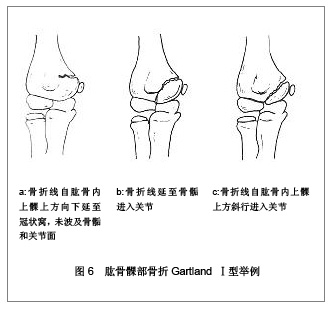
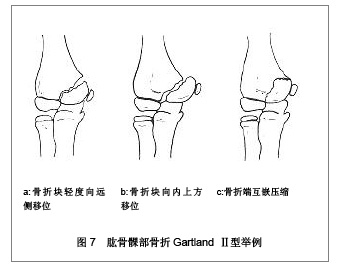
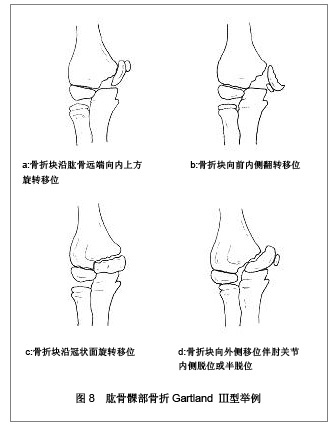


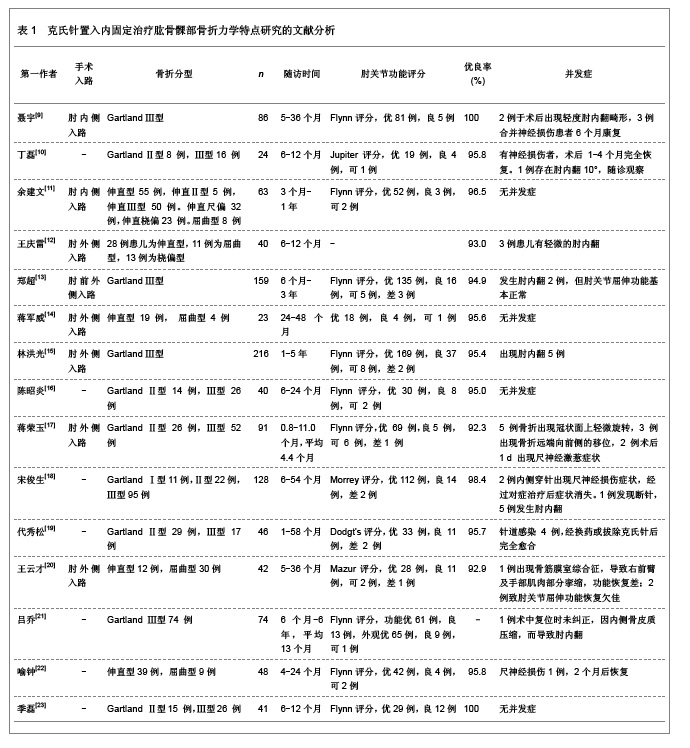

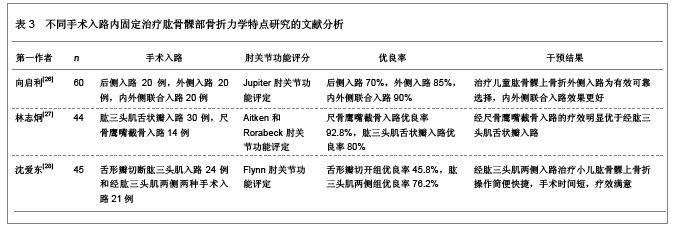

.jpg)
.jpg)
.jpg)

